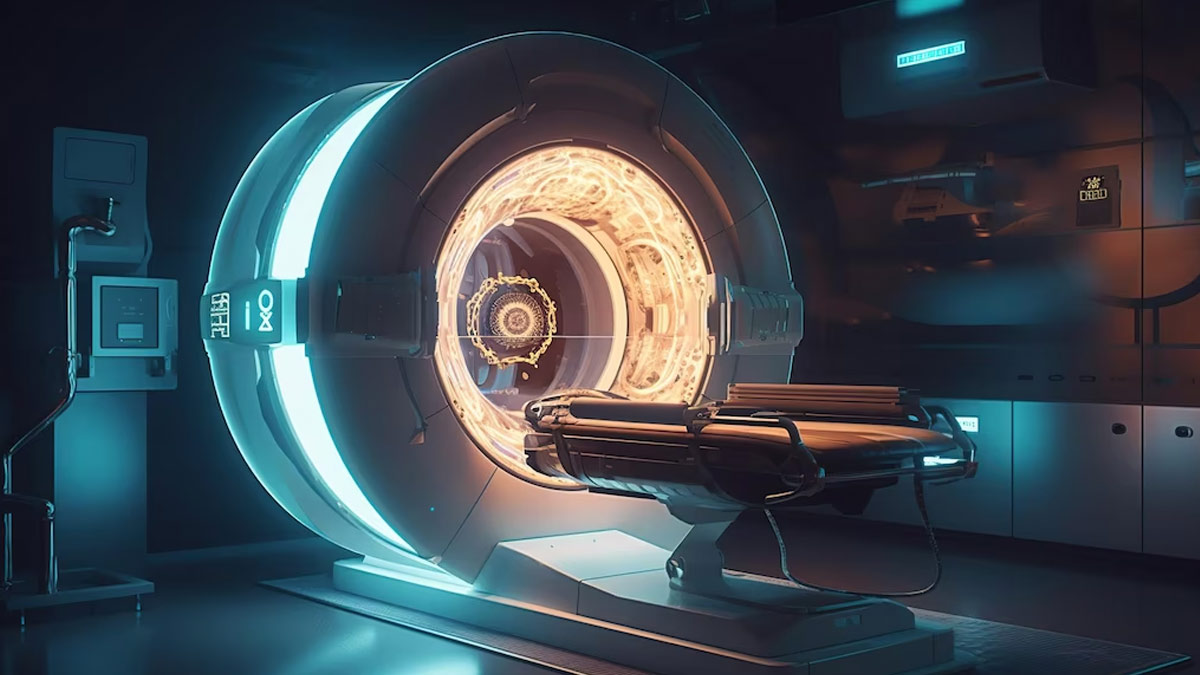

Do you know about that little pouch attached to the beginning of your large intestine?That’s the appendix! It is attached to the caecum, which is the first part of the large intestine or colon. Though the appendix is thought to have no significant function in the body, it supports the functions in lymphatic, exocrine, or endocrine systems.
“If we talk about appendix cancer, it is a rare type of cancer that originates in the cells of the appendix, a small pouch-like organ attached to the beginning of the large intestine,” said Dr Nikhil Mehta, MBBS, MS, Mch(Surgical Oncology), Consultant Surgical Oncologist, HCG Cancer Centre Jaipur.
According to the journal ISRN Oncology, it is important to note that appendix cancer is quite uncommon, accounting for less than 0.5% of all gastrointestinal malignancies. The cancer can be benign (non-cancerous) or malignant (cancerous).
The most common type of malignant appendix cancer is adenocarcinoma. Hence, it is important to have a detailed understanding and knowledge about appendix cancer and its treatment methods.
Types of Appendix Cancer
“The most common type of malignant appendix cancer is adenocarcinoma, which originates from the cells that line the inside of the appendix. Other less common types include carcinoid tumours, mucinous adenocarcinomas, and goblet cell carcinoids”, explained Dr Mehta.
Symptoms
“Appendix cancer is often asymptomatic (shows no symptoms) in its early stages. As the tumour grows, symptoms may include abdominal pain, discomfort, or bloating, changes in bowel habits, unexplained weight loss, and a feeling of fullness. However, these symptoms are not specific to appendix cancer and can occur with other conditions as well,” Dr Mehta said.
Also read: Appendicitis:Why Does it Hurt so Much?
Diagnosis
Diagnosis often begins with imaging tests like ultrasound, CT scans, or MRI to visualise the appendix and surrounding structures. A definitive diagnosis is usually made through a biopsy, where a small sample of tissue is taken from the tumour and examined under a microscope.
Staging
“Staging helps determine the extent of the cancer’s spread. The most commonly used staging system for appendix cancer is the American Joint Committee on Cancer (AJCC) staging system”, said Dr Mehta, adding, it considers factors like tumour size, invasion into nearby tissues, lymph node involvement, and distant metastasis.
Treatment Options
Treatment options for appendix cancer depend on factors such as the type and stage of the cancer.
Surgery
Much like the treatment option to other cancers, Surgery remains as the primary treatment option for appendix cancer as well. Most commonly, this type of cancer will have slow-growing tumours, however it is important to diagnose the stage of its development and treat accordingly.

Chemotherapy
The process in which drugs are used to destroy the cancer affected cells is called Chemotherapy. This type of treatment plays a significant role in treating appendix cancer. Chemotherapy might be used before surgery to shrink the tumour or after surgery to eliminate any remaining cancer affected cells. It can also be used as a primary treatment option for advanced cases.
Targeted Therapy
A treatment which involves targeting specific cancer genes, proteins or tissues that contribute to the growth and survival of cancer is called Targeted therapy. Further, it blocks the cancer cells from growing and spreading to other parts of the body. This type of treatment is not suitable for all forms of appendix cancer, however unlike the traditional chemotherapy targeted therapies have shown effective outcomes.

Radiation Therapy
It is a treatment that uses high-energy x-rays to destroy the cancer affected cells. Radiation therapy is rarely used in the treatment of appendix cancer, but it is most commonly used when the cancer has spread to nearby body parts as other treatment options might be challenging. This treatment technique has minimised side effects and better outcomes.
Palliative Care
Palliative care becomes an essential aspect of the treatment schedule for patients with advanced or recurring appendix cancer. The primary objective of palliative care is to reduce symptoms, control pain, and enhance overall quality of life. It can be started at any stage during the disease’s course and is not just for serious conditions.
Prevention
“Prevention of appendix cancer includes various practices. A balanced diet with fibre-rich foods, fruits, and vegetables can help lower the risk of appendix cancer, leading to a healthy lifestyle. Due to the connection between obesity and an increased risk of certain malignancies, regular physical activity and keeping a healthy weight is also essential,” Dr Mehta advised.
Also read: Appendicitis: Symptoms, Causes, Types And Treatment
Smoking and alcohol consumption can contribute to developing this cancer; hence it is recommended to avoid. Furthermore, ignoring any digestive problems might result in persistent inflammation, which could eventually result in the development of cancer. Lastly, maintaining regular medical checkups and screenings can help with early detection and immediate intervention if any anomalies arise, thereby preventing the advancement of appendix cancer.
Treatment for symptoms and side effects is an essential part of cancer care and may also be included in the patient’s care plan. It is suggested to examine all the available therapy options and ensure to clarify anything that is unclear.
اكتشاف المزيد من ينبوع المعرفة
اشترك للحصول على أحدث التدوينات المرسلة إلى بريدك الإلكتروني.
